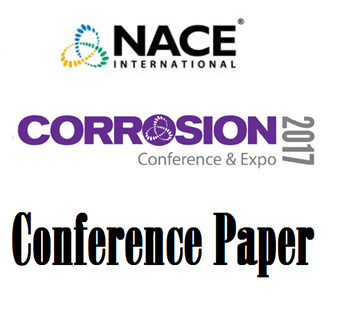Search
Products tagged with 'low alloy steel'
View as
Sort by
Display
per page
From Pits To Cracks: A Review Of 45-Years Of Published Research On Surface Trenches In Low Alloy Steels Exposed To H2S-Containing Environments
Product Number:
51322-17957-SG
Publication Date:
2022
$20.00
Investigation of Platformer Reactor Nozzle Cracking
Product Number:
MPWT19-15243
Publication Date:
2019
$0.00
Materials and Corrosion Risk Mitigation Associated with Flowback of Acid Stimulation Fluids
Product Number:
51317--8917-SG
ISBN:
8917 2017 CP
Publication Date:
2017
$20.00
REQUIREMENTS FOR LOW ALLOY STEEL PIPING ATTACHMENT WELDS
Product Number:
MPWT19-15315
Publication Date:
2019
$0.00
Study of High Strength Low Alloy Steel OCTG with High Carbon Contents for Mildly Sour Service
Product Number:
51317--9051-SG
ISBN:
9051 2017 CP
Publication Date:
2017
$20.00
The Influence of Electrochemical Potential and Stress-Level on Trench Nucleation on Ni-Bearing Low Alloy Steels in Sour Environments
Product Number:
51323-19030-SG
Publication Date:
2023
$20.00
Weldability And Corrosion Properties Of Austenitic Stainless Steel And Low Alloy Steel Manufactured Using PM-HIP Method
Product Number:
ED22-18347-SG
Publication Date:
2022
$20.00







